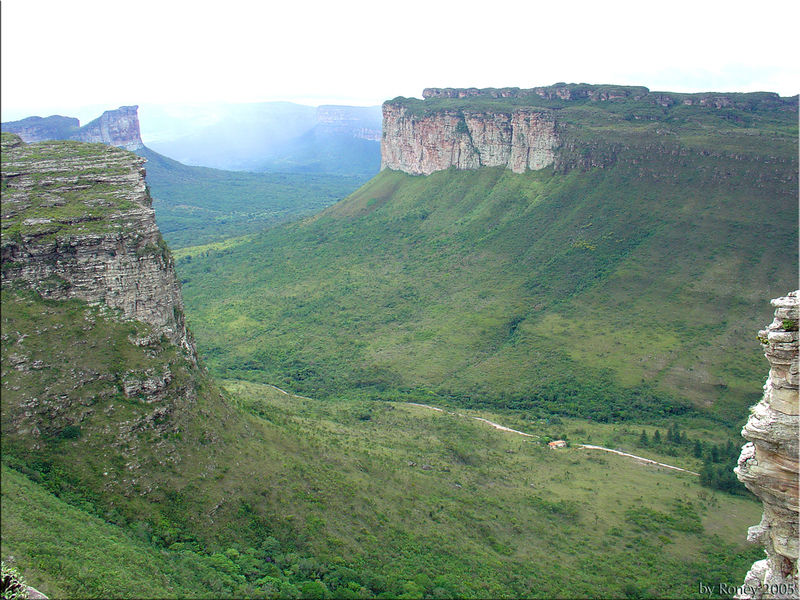 |
| Coconut rice is my new favorite food |
On our third day in Cartagena, Molly, Doyle and I left the city to go to Playa Blanca, an isolated beach on the nearby island of Barú. When we made it to the marina, at 10:30 in the morning, all of the official boats to the island had already left. Molly went up to a ticket window and asked if there was any way to get there before the following day.
"Legally?" the ticket woman said. "No. But you can go illegally."
So we did. We found a man waiting for tourists in just such a situation who promised to get us to Playa Blanca in his uncle Eliezer's fishing boat. First, though, we had to go to the island town of Bocachica to get around paying a port tax. The man herded us into a water taxi, where we waited for at least a half-hour as it filled up way past any reasonable capacity with locals returning home with shopping bags full of groceries, ice creams, and in one case, a desktop computer.
 |
| Cartagena's colonial Old Town |
The ride from Bocachica to Playa Blanca sorely tested the integrity of the little boat's hull, but blessedly we never quite lost sight of land. Finally, we turned a corner and the Playa appeared.
The beach is narrow, as evidenced in the picture, and lined with various thatch-roof restaurants and campgrounds where you can rent a not-particularly-comfortable hammock for 7,000 COP per night. We found some friends from our hostel in Cartagena, rented hammocks where they were staying, and jumped in the water, which was salty and warm and perfect for swimming.
 |
| This paradise is the reason all of my pictures are stock photos |
My sunburn is fading into an itchy tan, the last of the sand is gone from my ears, and I'm glad to be back in Bogotá, this rainy mountain city that feels like it's someone's home. For all of Cartagena's beauty, natural and architectural, it lacks a sense that real people live there.



